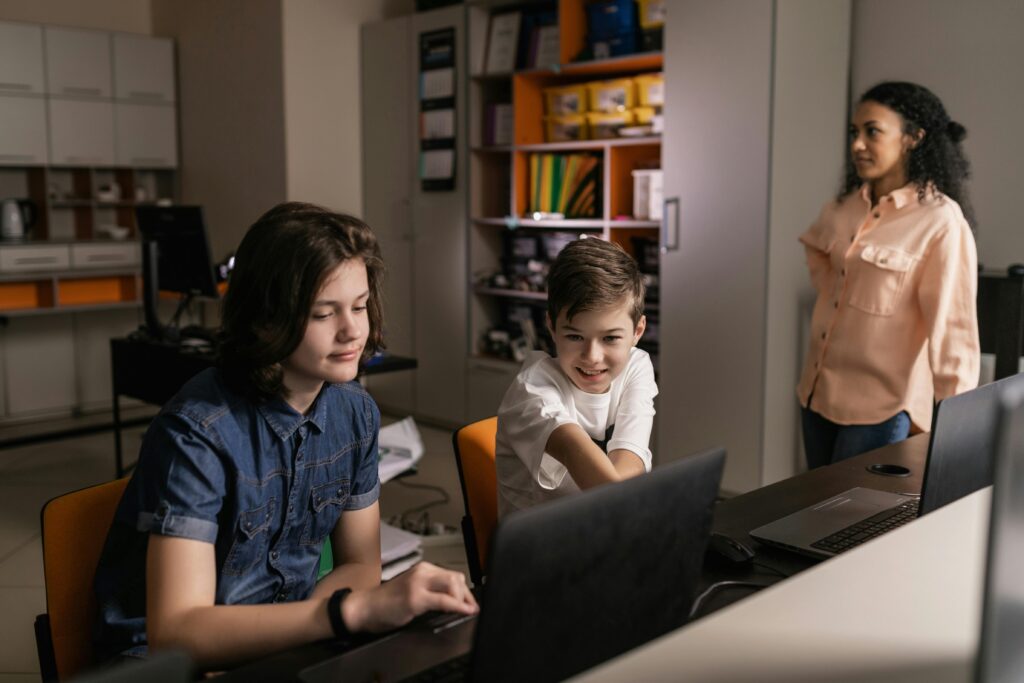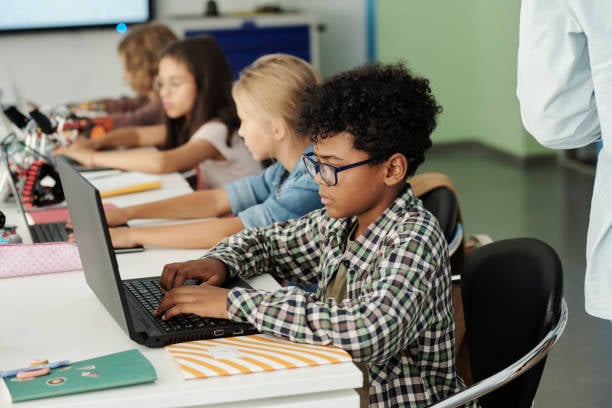
Screens are everywhere — from laptops and tablets to smartphones and televisions. For students, they’re essential tools for research, communication, and creativity. Yet without balance, screen use can lead to eye strain, distraction, or even anxiety. Helping young people develop mindful habits ensures technology supports, rather than hinders, their growth.
Understanding the Role of Screens in Learning
Digital devices give learners access to knowledge and opportunities unthinkable a generation ago. They make collaboration easier, bring lessons to life with multimedia, and offer platforms for building practical skills such as touch typing proficiency. When used purposefully, screens help students become more efficient and confident in their work.
However, problems arise when screen time lacks structure. Endless scrolling, late-night use, or multitasking between tabs can sap focus and energy. Children may struggle to maintain attention or feel pressured to always be “online.” That’s why it’s important to teach students how to recognize when technology is helping them — and when it’s becoming a distraction.
Parents and educators can model these lessons by setting clear boundaries around screen use. Establish tech-free times, such as during meals or before bed, and encourage face-to-face conversations. These simple routines show that screens are tools, not constant companions.
Want to support students in developing strong, mindful digital skills? Try Typesy’s lessons, which pair healthy screen-use strategies with activities that improve focus, speed, and accuracy at the keyboard.
Practical Tips for Balanced Screen Use

Start by helping students become intentional about how they use technology. Encourage them to define their purpose before opening a device — whether to complete homework, practice typing, or relax with a favorite game. This mindset keeps them focused and reduces time lost to unplanned browsing.
Here are more strategies to foster healthy habits:
- Set daily limits and stick to them. Break learning and leisure into separate time blocks so students know when to work and when to unwind.
- Keep screens at eye level and maintain good posture. Poor ergonomics can cause back or neck discomfort, especially during long typing or study sessions.
- Incorporate regular breaks. Following the 20-20-20 rule (looking at something 20 feet away for 20 seconds every 20 minutes) protects eye health.
- Use productivity tools like timers or apps to remind students when to pause or switch tasks.
- Celebrate offline activities. Sports, art, reading, or hands-on projects help balance digital life.
Teaching kids to analyze their own habits is equally important. Have them reflect on how they feel after spending time online: Are they energized, tired, or stressed? Developing self-awareness around technology use empowers students to make changes that support their well-being.
Typing lessons offer a great way to keep screen time purposeful. Practicing keyboard accuracy and speed requires concentration but avoids passive scrolling. Plus, efficient typing helps students complete assignments faster, giving them more time for offline pursuits.
Building Lifelong Tech Confidence

A healthy relationship with screens means understanding their value while setting limits that protect focus, comfort, and mental health. When students learn to manage devices wisely, they gain confidence not just as tech users but as learners who know how to direct their own attention.
Families and teachers can reinforce progress by checking in regularly. Discuss successes and challenges, and adjust routines as children grow and their schoolwork changes. Over time, these conversations build resilience and teach students how to balance digital opportunities with rest, play, and personal connection.
Finally, remember that balance is about flexibility, not perfection. Some days may include more screen time for big projects; others may lean toward offline fun. The goal is to make deliberate choices so technology enhances life rather than controlling it.
Ready to guide students toward more mindful, effective screen use? Explore Typesy today — our platform combines engaging typing lessons with strategies to build focus, organization, and balanced technology habits.
